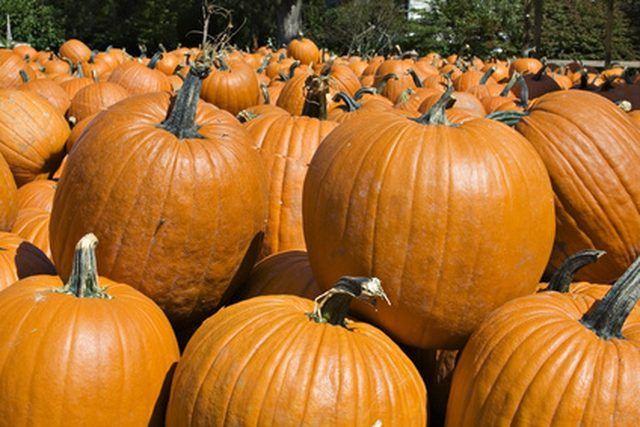Bulbs
Flower Basics
Flower Beds & Specialty Gardens
Flower Garden
Garden Furniture
Garden Gnomes
Garden Seeds
Garden Sheds
Garden Statues
Garden Tools & Supplies
Gardening Basics
Green & Organic
Groundcovers & Vines
Growing Annuals
Growing Basil
Growing Beans
Growing Berries
Growing Blueberries
Growing Cactus
Growing Corn
Growing Cotton
Growing Edibles
Growing Flowers
Growing Garlic
Growing Grapes
Growing Grass
Growing Herbs
Growing Jasmine
Growing Mint
Growing Mushrooms
Orchids
Growing Peanuts
Growing Perennials
Growing Plants
Growing Rosemary
Growing Roses
Growing Strawberries
Growing Sunflowers
Growing Thyme
Growing Tomatoes
Growing Tulips
Growing Vegetables
Herb Basics
Herb Garden
Indoor Growing
Landscaping Basics
Landscaping Patios
Landscaping Plants
Landscaping Shrubs
Landscaping Trees
Landscaping Walks & Pathways
Lawn Basics
Lawn Maintenance
Lawn Mowers
Lawn Ornaments
Lawn Planting
Lawn Tools
Outdoor Growing
Overall Landscape Planning
Pests, Weeds & Problems
Plant Basics
Rock Garden
Rose Garden
Shrubs
Soil
Specialty Gardens
Trees
Vegetable Garden
Yard Maintenance
How to Plant Pumpkins in Florida
How to Plant Pumpkins in Florida. Pumpkins are fall squash, bringing to mind scarecrows, Halloween and Thanksgiving. People eat both the fruit and seeds, and use the physical pumpkins as decorations. These are warm-season plants that grow well in warm areas of Florida with some standard planting and care guidelines.

Pumpkins are fall squash, bringing to mind scarecrows, Halloween and Thanksgiving. People eat both the fruit and seeds, and use the physical pumpkins as decorations. These are warm-season plants that grow well in warm areas of Florida with some standard planting and care guidelines.
Things You'll Need
Compost
Manure
Spade
Water
Turn over the top six inches of soil and mix in both compost and manure so that you have about an equal measure of all three.
Build hills for your pumpkin seeds to ensure good drainage. Hills should be several inches tall, and spaced at 4 to 6 feet. Build rows with at least 3 feet between them. Plant several seeds an inch deep in each hill.
Water the area thoroughly, and maintain waterings that keep the soil moist but not wet. When the pumpkins sprout, water the plants at their base and do not get the leaves wet. In humid areas like Florida, wetting the leaves may cause mildew and rot.
Tips & Warnings
Plant pumpkin seeds after the last frost, as they won't germinate in cold weather. May plantings are ideal in all areas, as the plants will fruit and bear pumpkins by Halloween. In Florida, planting can be delayed until early July due to the extremely warm weather.
Choose the right site for your pumpkins. Pumpkin vines may spread quickly and take up to 50 to 100 square feet.Choose a site with plenty of room, good drainage and full sun exposure.
Pumpkins take 90 to 110 days to grow and fruit, depending on the type of pumpkin.
Dry pumpkin seeds from some of your pumpkins and use them to plant a pumpkin crop again next year.
Pumpkins will rot if they're left on the vine for too long or planted too early.